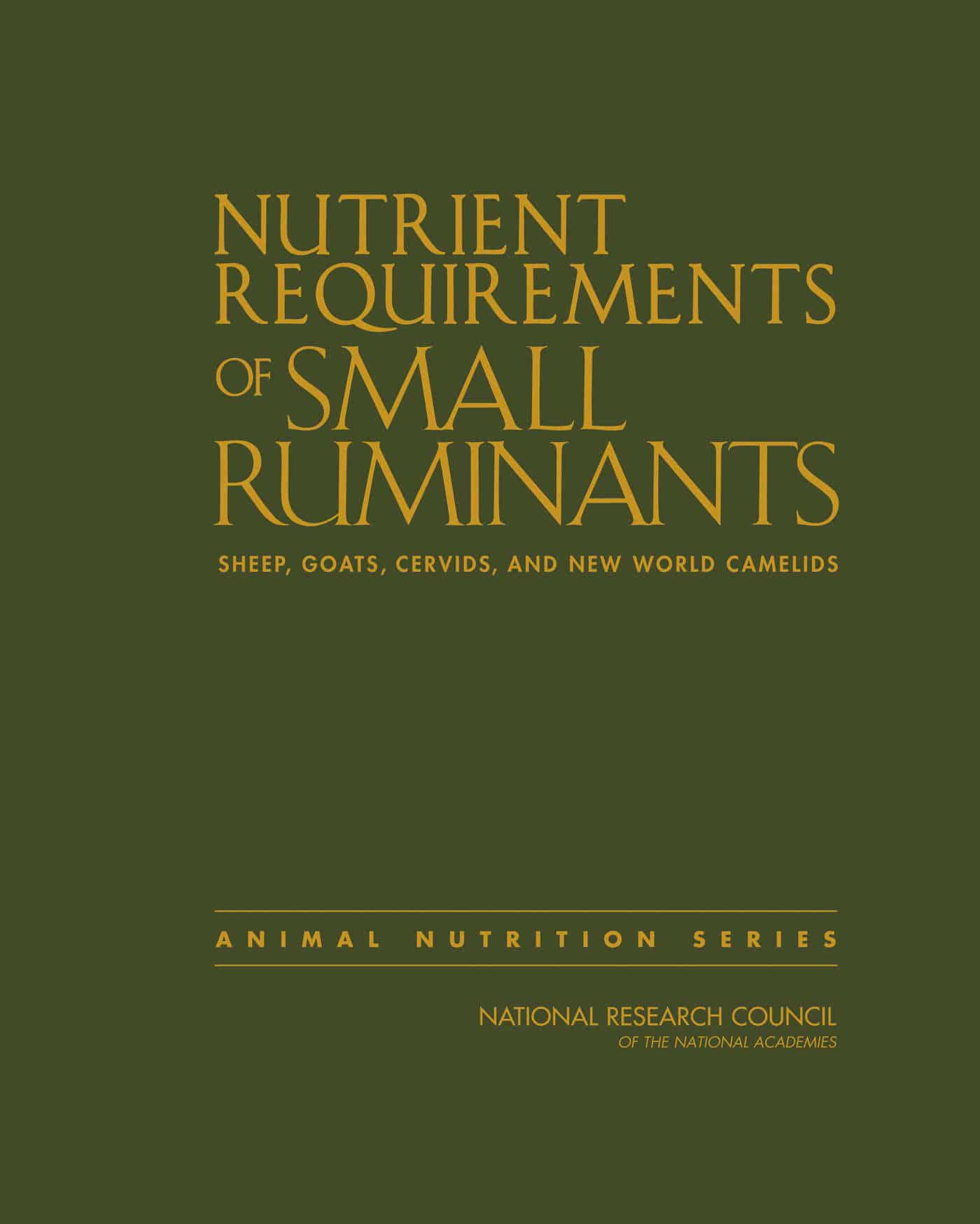
By National Research Council
Nutrient Requirements of Small Ruminants: Sheep, Goats, Cervids, and New World Camelids provides an evaluation of the scientific literature on the nutrient requirements of small ruminants in all stages of life. In addition, effects of the environment, feed additives, and metabolism modifiers on nutrient requirements are addressed. Proper formulation of diets for small ruminants depends on adequate knowledge of their nutrient requirements. These requirements depend on the breed and age of the animal and whether he or she is exercising, pregnant, or lactating. Nutrient Requirements of Small Ruminants brings together a summary of this latest data with new and expanded information on the composition of feeds commonly consumed by small ruminants, both domestic and wild. For the first time this authoritative reference work includes information on cervids and camelids. Primarily intended for animal nutritionists, veterinarians, and other scientists, some sections will be useful to individual sheep and goat owners and managers and to those responsible for the care and management of wildlife species. As both a practical and a technical reference book, this material is written to ensure that diets of small ruminants contain adequate amounts of nutrients and that intakes of certain nutrients are not so excessive that they inhibit performance or impair health.
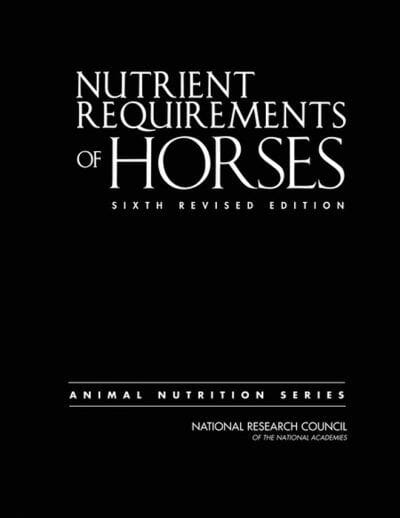
This Book is Available For Premium Members Only


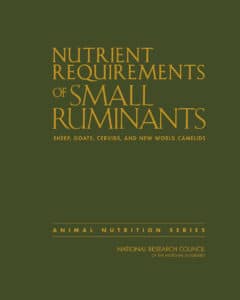
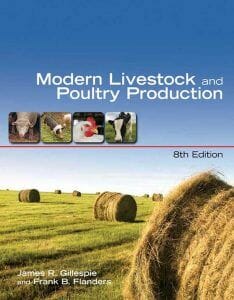
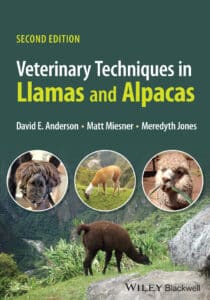



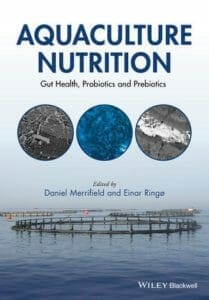






![Ettinger’s Textbook of Veterinary Internal Medicine 9th Edition [PDF+Videos] Ettinger’s Textbook of Veterinary Internal Medicine 9th Edition [True PDF+Videos]](https://www.vet-ebooks.com/wp-content/uploads/2024/10/ettingers-textbook-of-veterinary-internal-medicine-9th-edition-100x70.jpg)






